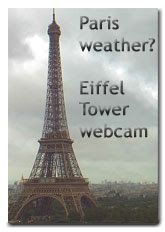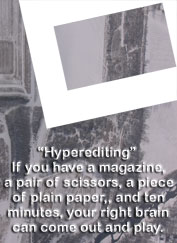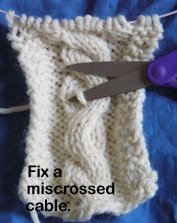.
Earlier this month I talked about typing recipes on index cards, back when I was about 12. I showed you my index card for Scrabble, which is pristine -- no stains, no notes. I concluded that the Scrabble card has never been used.
This one, on the other hand.........................
This one has been made many times. Making fudge is our New Year's Eve tradition.
This recipe is quick, easy, and really good. (Especially! when hot...... Mmmmmmmmmmmm!) No thermometers, no fussing.
I've never had fudge I thought was better than this.
I offer you the recipe today, so you have time to acquire the ingredients, in case you, too, want to make it on New Year's Eve. Note it is supposed to take six *tablespoons* of butter, not six teaspoons. Note also that is "evaporated" milk, NOT "sweetened condensed!"
We often buy more than one kind of chocolate chip, and taste test them before deciding which kind to put into the fudge. We have two kinds this year. Ghirardelli 60% cocoa, and Nestle's dark. (Ghirardelli has won every previous test.)
Enjoy!
Now here's something I wasn't expecting......... They say that when you are checking, to see if art work on paper is original, or is a modern print, you should magnify, to see if the color is in dots (indicating modern reproduction techniques). Look what we see when we zoom in on 50-year-old typing, "on the big screen"!
What's up with this??? I typed this with my own hands (well, with my own index fingers!). On a typewriter. No printers involved, I assure you.
The little stripes are clearly not an artifact of the digital image of the typed letters we're examining -- the hand-written marks are not broken........... (As a sanity check, we got a magnifying glass and looked at the card. The typed letters on the card are really striped, just as you see above.)
Isn't this weird?
Note how, on the 5, some stripes go one way and some go another. I don't think the stripes are caused by the paper............
I am intrigued and puzzled! Is it possible that the typewriter letters were ridged? If so, there must have been a compelling reason to make them with ridges.... I wonder why! It couldn't have been trivial to make those little letters out of teeny weeny crisp ridges....
Wondering if adding ridges made for more-legible printed letters (less likely to be blobby with ink, after the letters smacked the ribbon against the paper?)? I can imagine that it wouldn't take much blobbiness to fill in "e" or "a" or "g".....
It has been pointed out to me that the ribbon is also a factor. The ribbon was woven. Maybe this is an artifact of the texture of the ribbon? That certainly seems more likely than putting ridges on those little bits of type!
Still wondering...........
This is an object I've had in my possession for 50 years, and yet I never saw one aspect of its reality until today! Odd! It makes me wonder what other aspects of my ordinary reality I'm also oblivious to!
.
Monday, December 30, 2013
Subscribe to:
Post Comments (Atom)



















2 comments:
My first thought was that the dots were caused by the weave of the actual cloth ribbon. I'm wondering if the person who made the comment about enlarging stuff was young enough to only have experience with carbon paper type ribbons, as opposed to ink infused cloth.
On the other hand, this may be proof that your entire childhood is a memory implanted into your adult clone by our robotic overlords, and the card was printed on a digital printer. SFSF
I bet you're right about the cloth of the ribbon. I didn't think of that, it was B. :-)
I'm wondering why our robotic overlords don't just let us starve to death, rather than bothering to grow us new bodies and implant phony memories.... :-)
Post a Comment